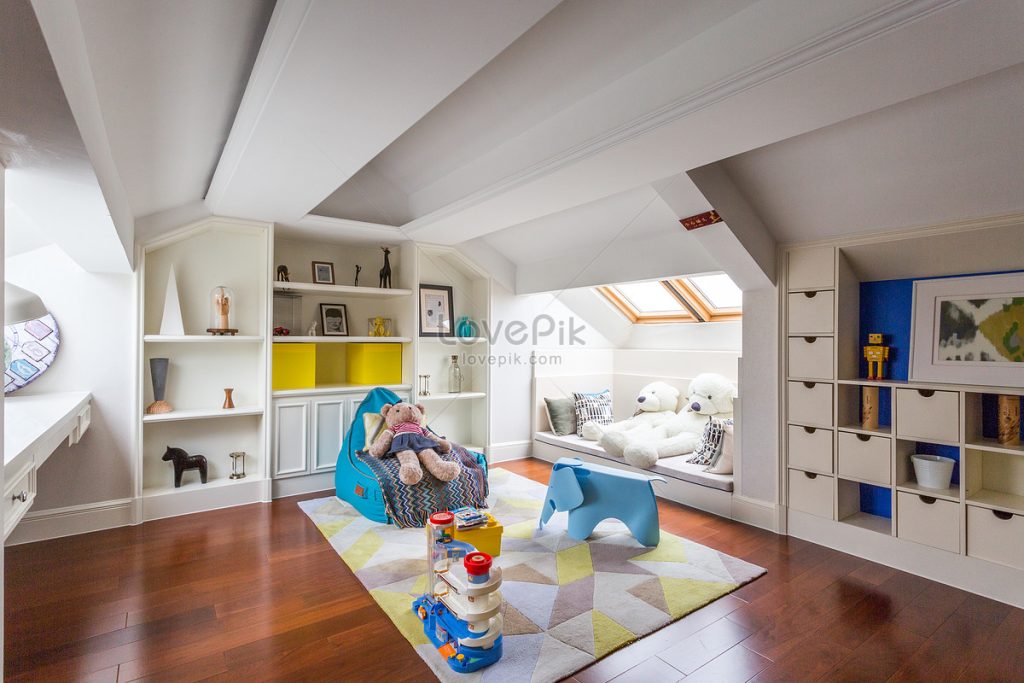
Introduction
In the ever-evolving world of real estate, where first impressions matter more than ever, property photography has become an essential tool for selling homes. With the advent of online listings and the dominance of social media platforms, the visual presentation of properties has never been more important. In this blog, we will explore the importance of property photography and discuss techniques and tips to capture spaces that engage potential buyers and help sell properties quickly.
The Power of Visuals in Real Estate
Research suggests that the majority of home buyers begin their search online, relying heavily on visuals to make their initial assessments. As a result, eye-catching, professional property photography has the ability to draw attention, showcase the best features of a home, and generate interest amongst buyers. Exceptional visuals can transform a simple listing into a compelling story that entices viewers to imagine themselves living in the space.
Equipment and Preparation
To capture stunning property photographs, it’s essential to have the right tools at your disposal. Investing in a quality camera with interchangeable lenses and a sturdy tripod can make a significant difference in the outcome of your photographs. Additionally, preparing the space prior to the shoot is crucial. Ensuring that the property is clean, decluttered, and well-staged will greatly enhance the overall visual appeal of the images.
Lighting and Composition
Proper lighting and thoughtful composition are two key elements that can elevate property photography to the next level. Natural light is a photographer’s best friend, as it can create a warm and inviting atmosphere. When photographing interiors, schedule shoots during daylight hours when ample natural light is available. Use supplemental lighting equipment strategically to fill in any dark corners or to create specific moods.
Composition plays a vital role in property photography, as it directs the viewer’s attention and enhances the overall aesthetics of the image. Utilize the rule of thirds, leading lines, and carefully frame each shot to highlight the space’s best features. Experimenting with different angles and perspectives can add depth and dimension to the photographs.
Showcasing Features and Flow
A successful property photograph not only captures the architectural beauty of a space but also emphasizes its functionality. Ensure that each room is captured from various angles, showcasing its unique features. Highlight the flow of the space by capturing transitional areas, such as hallways or staircases, which connect different rooms seamlessly. Remember to pay attention to details such as fixtures, finishes, and textures to emphasize the quality of the property.
Post-processing and Editing
Post-processing and editing play a significant role in enhancing property photographs. Professional editing software can help improve color accuracy, correct lens distortions, and fine-tune minor imperfections. However, remember that the aim is to present an accurate representation of the property. Avoid excessive editing that may mislead potential buyers.
Conclusion
In the digital age, where visual content dominates the real estate market, property photography has become an indispensable tool for success. By investing time and effort into capturing stunning visuals, showcasing unique features, and ensuring proper editing, real estate professionals can attract attention, engage potential buyers, and ultimately sell properties faster. So, the next time you step into a property, armed with your camera, keep these techniques in mind and capture spaces that sell dreams.




